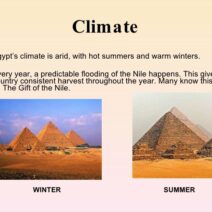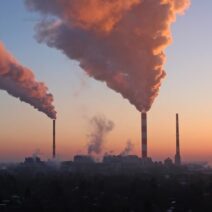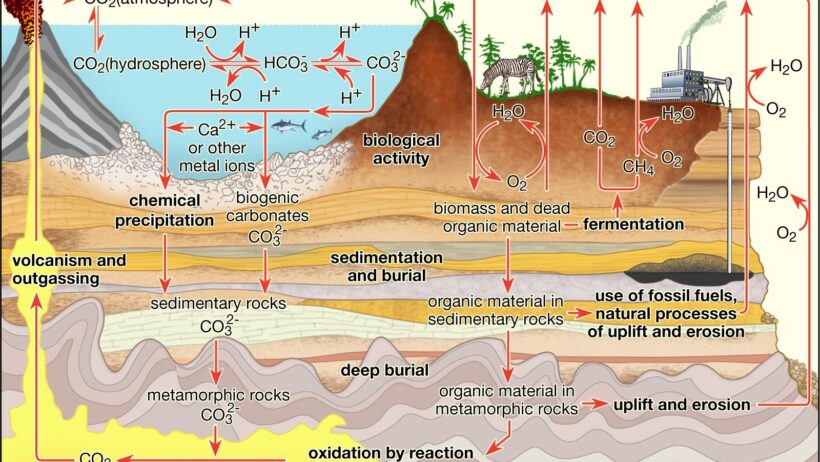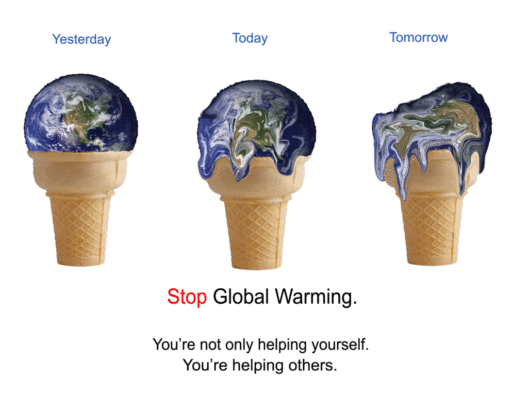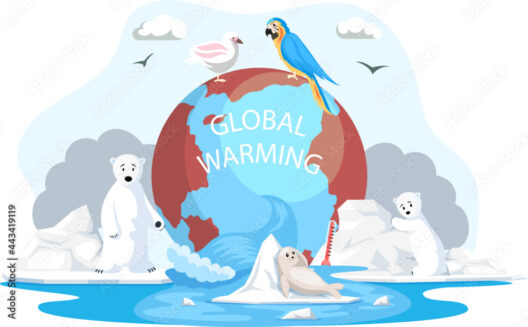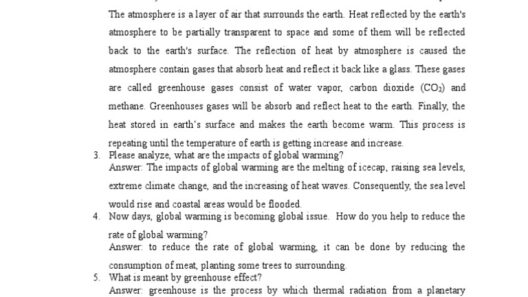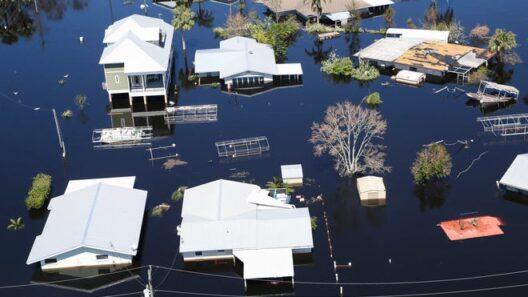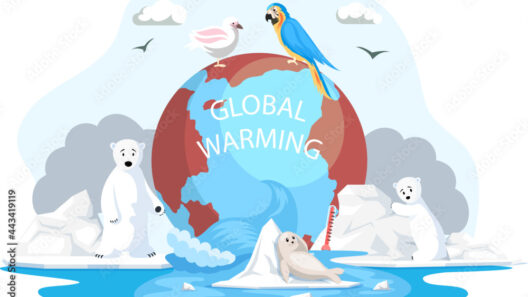The carbon cycle is an intricate and dynamic system that plays a pivotal role in regulating Earth’s climate. Understanding this cycle is not merely an academic endeavor; it is essential for comprehending the factors that fuel global warming, leading us to a deeper awareness of our planet’s health. The movement of carbon through various reservoirs — the atmosphere, biosphere, lithosphere, and hydrosphere — showcases an elaborate interplay between geological, biological, and anthropogenic processes.
At the heart of the carbon cycle lies the way carbon compounds circulate throughout the environment. Carbon is a fundamental element that can exist in different forms: carbon dioxide (CO2), methane (CH4), organic carbon, and more. This versatility allows for a multitude of interactions within ecosystems. The journey of carbon begins in the atmosphere, where it exists primarily as carbon dioxide, a byproduct of respiration, decay, and combustion.
Photosynthesis serves as a crucial entry point in this cycle. Plants, algae, and cyanobacteria capture atmospheric CO2, converting it into organic matter through the process of photosynthesis. During this process, not only is carbon sequestered, but oxygen is released, forming a symbiotic relationship crucial for life on Earth. The vast expanse of forests, the lush greenery of wetlands, and algae-rich oceans are significant reservoirs of carbon, showcasing nature’s ability to act as a carbon sink.
However, the balance within the carbon cycle is increasingly disrupted due to anthropogenic influences. The burning of fossil fuels for energy and transportation, land use changes such as deforestation, and industrial processes release vast amounts of carbon dioxide into the atmosphere. These activities amplify the natural carbon influx, leading to elevated CO2 concentrations. The repercussions are profound. The greenhouse effect is intensified — a phenomenon where atmospheric gases trap heat, thereby raising global temperatures.
This chain reaction does not merely alter weather patterns; it engenders catastrophic events, ranging from prolonged droughts to severe storms. Rising sea levels, melting glaciers, and the acidification of oceans are other alarming consequences stemming from climate change. The interdependence of these phenomena and their roots in the carbon cycle accentuates the need for a paradigm shift in how we regard our environmental practices.
Turning our attention to the oceans, we observe another crucial aspect of the carbon cycle. Oceans absorb approximately one-quarter of anthropogenic CO2 emissions. This process mitigates some warming effects; however, it leads to marine acidification, negatively impacting coral reefs and marine biodiversity. As the delicate balance shifts, species face threats that could disrupt entire ecosystems, further complicating our global climate crisis.
The soil, too, serves as a carbon reservoir but presents a dual-edged sword. Soil organic carbon sustains agricultural productivity and fosters biodiversity. Yet, unsustainable agricultural practices, such as excessive tillage and the overapplication of fertilizers, accelerate the release of stored carbon into the atmosphere. This phenomenon reveals an adverse feedback loop, where compromised soil health exacerbates global warming.
In contrast, sustainable land management practices can enhance the carbon cycle’s functionality. Regenerative agriculture, reforestation, and conservation efforts all contribute to increased carbon sequestration. Innovative approaches, such as biochar application and agroforestry, not only sequester carbon but also improve soil health and resilience against climate extremes. Here lies an opportunity: we must embrace sustainable practices to restore balance to the carbon cycle and mitigate global warming.
Given the undeniable impact of human activity on the carbon cycle, public awareness and engagement become crucial components in combating climate change. Education fosters a sense of agency. By understanding how individual actions influence this complex system, communities become empowered to advocate for policy changes and promote sustainable practices. The quest for solutions is multi-faceted, requiring the collaborative efforts of governments, organizations, and individuals alike.
Policy initiatives, such as carbon pricing and emissions trading schemes, incentivize reduced carbon emissions. Governments can invest in and prioritize renewable energy sources, which not only lower dependency on fossil fuels but also enhance energy security. Transitioning to a low-carbon economy is achievable, facilitated by innovative technologies such as carbon capture and storage, electric vehicles, and energy-efficient practices.
Moreover, fostering a circular economy can replenish the resources we deplete. The shift from a linear take-make-dispose model to one that emphasizes reusability and sustainability is paramount. Encouraging businesses to adopt environmentally friendly practices will help ameliorate carbon emissions and create a more resilient economic system that thrives harmoniously within the limits of our planet.
Ultimately, dissecting the carbon cycle reveals its profound influence on global warming — an issue that demands urgent and concerted action. Every fraction of carbon sequestered can contribute to a more stable climate. Understanding our role within this cycle evokes a sense of responsibility and challenges us to reassess our relationship with nature. Harnessing curiosity can lead to innovative solutions; shifting perspectives can incite profound change. Each step we take towards understanding and mitigating our carbon footprint echoes the necessity of preserving the intricate web of life on Earth, ensuring a sustainable future for generations to come.
The tantalizing promise of a balanced carbon cycle beckons a sustainable, promising future. Choosing to engage with this cycle could reshape our world. By fostering environmental stewardship and embracing transformative practices, we can mitigate the impacts of climate change, reinforcing a cycle that nurtures rather than depletes our precious planet.

